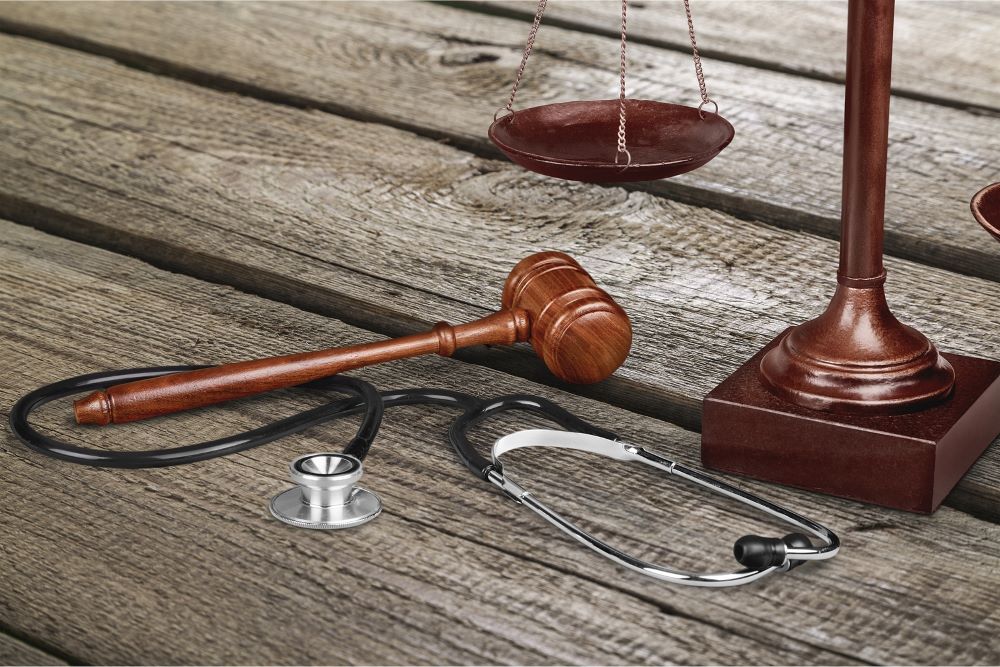When you visit a doctor due to an illness or medical problem, your expectation is that your healthcare provider will be able to properly diagnose your condition, conduct further tests, or refer you to another medical expert to determine what is wrong.
Unfortunately, there are times when an incorrect diagnosis occurs, which in turn can lead to improper treatment, serious complications, and an escalation of the original complaint. In fact, many missed diagnoses are for serious conditions such as stroke and heart attack, which can rapidly lead to permanent harm or even death.
Suppose you have been misdiagnosed, and it has led to severe complications. In that case, you may want to investigate whether the error was preventable, in which case you may be able to make a claim for medical malpractice.
Misdiagnosis is a Serious Problem in Texas
Accurate statistics about misdiagnosis are lacking. However, HealthGrades reports that safety studies have found that as many as 155 out of 1,000 hospitalized patients aren’t diagnosed and treated promptly.
Another study found errors in misdiagnosis or treatment in as many as four out of 10 individuals who report that they’ve been victims of medical mistakes. Finally, because of their time-constrained operations, hospital emergency rooms and intensive care units tend to report rates of misdiagnosis as high as 20% to 40%.
Proving a Misdiagnosis was Malpractice is Difficult
Proving negligence in a misdiagnosis or missed diagnosis, is more difficult than in a failure to diagnose. The latter makes it easier to argue that a doctor SHOULD have made a diagnosis. A misdiagnosis on the other hand just means the doctor made an incorrect diagnosis – that’s harder to prove negligence.
It is critical to understand the methodology the doctor employed in arriving at or failing to arrive at a diagnosis. Doctors use the differential diagnosis method to determine the condition of a patient.
Some cases may have been an error in one of the diagnostic tests. Whether the problem was caused due to faulty medical equipment or human error will need to be determined. Depending on the cause of the diagnostic error, the doctor may not be liable for medical malpractice. In these kinds of cases, a lab technician or other party may be responsible.
In most cases, the doctor will perform a directed physical examination, which should lead the doctor to a list of all possible causes, ranked in order of which is most likely the case. The doctor will then perform appropriate tests and further evaluations to narrow down that list. The follow-up may include:
- Asking more questions about symptoms
- Performing further laboratory or radiological testing
- Investigating the patient’s medical history
- Referrals to specialists
Generally speaking, an expert witness will need to be called in to evaluate how the doctor employed the differential diagnosis method and whether the requisite standard of care was met.
To prove that the doctor was negligent with regard to arriving at a correct diagnosis, the patient will need to show that either:
- The doctor did not perform the differential diagnosis properly, which resulted in the missed or misdiagnosis; or
- The doctor did not include all of the appropriate possibilities in the differential diagnosis list that a reasonably prudent physician should have considered under similar circumstances; or
- The doctor failed to perform proper testing to rule in or rule out these possibilities and arrive at a definitive diagnosis.
If the patient can prove that the doctor was negligent, causation will still need to be addressed. Causation is another necessary but potentially problematic element of medical malpractice cases. It is not enough that an error in diagnosis occurred. The misdiagnosis must have directly caused harm to the patient, and had he or she been appropriately diagnosed, the harm would have never happened.
The error in medical treatment may have led the patient to needlessly suffer continuing pain, or it may even have caused further medical issues beyond the patient’s initial problems. With someone already suffering a medical condition, it is necessary to show that pain was caused or exacerbated by an improper diagnosis rather than the condition itself just running its course.
Common Medical Misdiagnosis Errors
Misdiagnoses can happen for any medical condition, but research has revealed that the majority of them include:
- Failure to admit for emergency treatment, failure to order necessary radiological surveys (X-rays, CAT scans, etc.), and other emergency room errors
- Failure to diagnose and treat a heart attack or stroke in a timely fashion leads to permanent damage to the heart or brain or even wrongful death
- Failure to consider and diagnose known or likely surgical complications, such as perforated bowel following an invasive abdominal procedure or thiamine deficiency before and after gastrointestinal or bariatric surgery
- Failure to follow accepted standards of post-surgical care, especially with regards to infection (sepsis), pulmonary embolism, and bleeding complications
- Failure to note or act upon patient complaints or family concerns and other common nursing errors
- Failure to recognize the most severe diagnosis (a diagnosis of indigestion or anxiety when the patient is actually suffering a heart attack, for example) and other doctor errors
- Failure to respond appropriately to serious complications during delivery resulting in birth injury
When a loved one dies due to a fatal misdiagnosis or delayed diagnosis, our experienced missed diagnosis attorneys are there to help the family seek the full amount of financial compensation for medical negligence available under Texas law.
You Need An Attorney That Understands Misdiagnosis Cases
Most physicians, hospitals, and health care staff work tirelessly to provide high-quality care. However, standards aren’t always upheld, and carelessness or negligence can result. When it does, you need a law firm that has the resources required to investigate such incidents.
Suppose you’ve been the victim of misdiagnosis, and you think you may have a failure to diagnose lawsuit. In that case, you need a lawyer who understands the intricacies of the health care system and the ways in which malpractice laws work in Texas. An experienced legal team will know how frustrating it can be when you’re ill or in pain, and your doctor’s error in diagnosing you only compounds the problem. They will work with medical professionals who can provide expert advice and uncover the truth about your experience.
If you or a loved one has suffered due to a medical misdiagnosis in Texas, don’t wait to take action. The experienced medical malpractice attorneys at Hastings Law Firm are here to help you seek justice & compensation. Contact us today for a free consultation to discuss your case.










